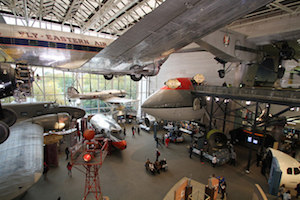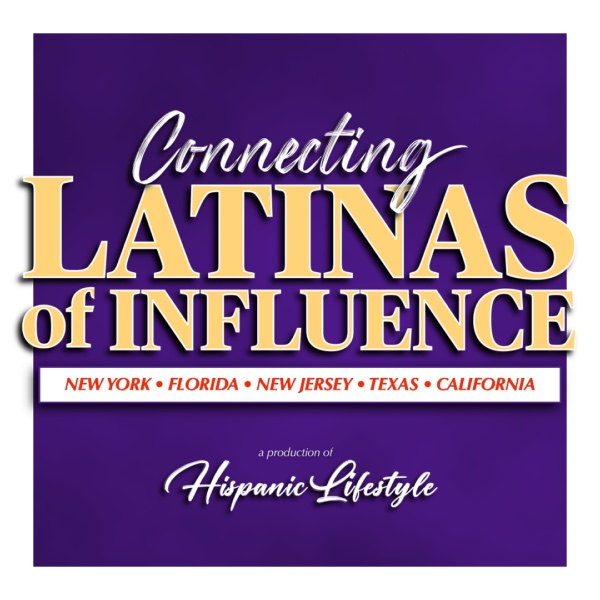
Travel | The National Air and Space Museum in Washington D. C.

One of our favorites places to visit in Washington D.C. is the National Air and Space Museum. It never disappoints. Reminder to families, the cost of the museum is free however parking is difficult and they will tow your car in certain areas after 4:00PM.
The National Air and Space Museum in Washington, DC has thousands of objects on display, including the 1903 Wright Flyer, Charles Lindbergh’s Spirit of St. Louis, the Apollo 11 Command Module Columbia, and a lunar rock you can touch. In addition to our exhibition galleries, you may want to visit the Albert Einstein Planetarium, Lockheed Martin IMAX® Theater, and the Public Observatory on the east terrace.
There are many things to do at the Museum in DC. We offer daily tours and educational activities for both children and adults. We also have scheduled lectures and events throughout the year.
Exclusive Hispanic Lifestyle photos
[flickr_set id=”72157658503656303″]
From their website
The Smithsonian’s connection to flight began with the birth of the Institution, first headed by Joseph Henry, a physicist, balloon enthusiast, and sky-watcher. In 1861, Henry made a pivotal contribution to American aviation when he invited Thaddeus Sobieski Constantine Lowe to inflate his hot air balloon on the Smithsonian grounds. This demonstration eventually led to the birth of American aerial reconnaissance during the Civil War.
It is no wonder then, that the Smithsonian’s aeronautical collection began well before 1976, when the National Air and Space Museum was constructed on the Mall in Washington, DC. One hundred years before, in 1876, a group of 20 beautiful kites was acquired from the Chinese Imperial Commission, seeding what would later become the largest collection of aviation and space artifacts in the world.
The collections of the Museum were first housed in the Arts and Industries (A&I) Building, then after World War I, expanded to a Quonset hut erected by the War Department behind the Smithsonian Castle. Affectionately known as the “Tin Shed,” the new building opened to the public in 1920, and would remain in use for the next 55 years.
In 1946, President Harry Truman signed a bill establishing the Smithsonian’s National Air Museum to memorialize the development of aviation; collect, preserve, and display aeronautical equipment; and provide educational material for the study of aviation. The legislation didn’t provide for the construction of a new building; however, and the collection soon outgrew the Museum’s exhibition space. Since there was no room left in the Arts and Industries Building or the “Tin Shed,” WWII aircraft and other items such as engines and missiles were stored at an abandoned aircraft factory in Park Ridge, Illinois, a suburb of Chicago. The U.S. Navy had a similar collection in storage for the Smithsonian at Norfolk, Va.
In 1951 as a result of the Korean War emergency, the Museum had to vacate the Park Ridge premises. In response to the immediate need for space, Paul Garber, the National Air Museum’s first curator, located 21 acres in Silver Hill, Md., a suburb of Washington, D.C. With the addition of several prefabricated buildings the site became the storage area for the National Air Museum. Garber had managed to save the collection.















